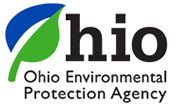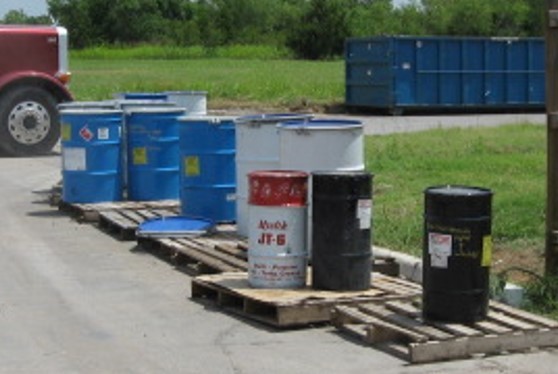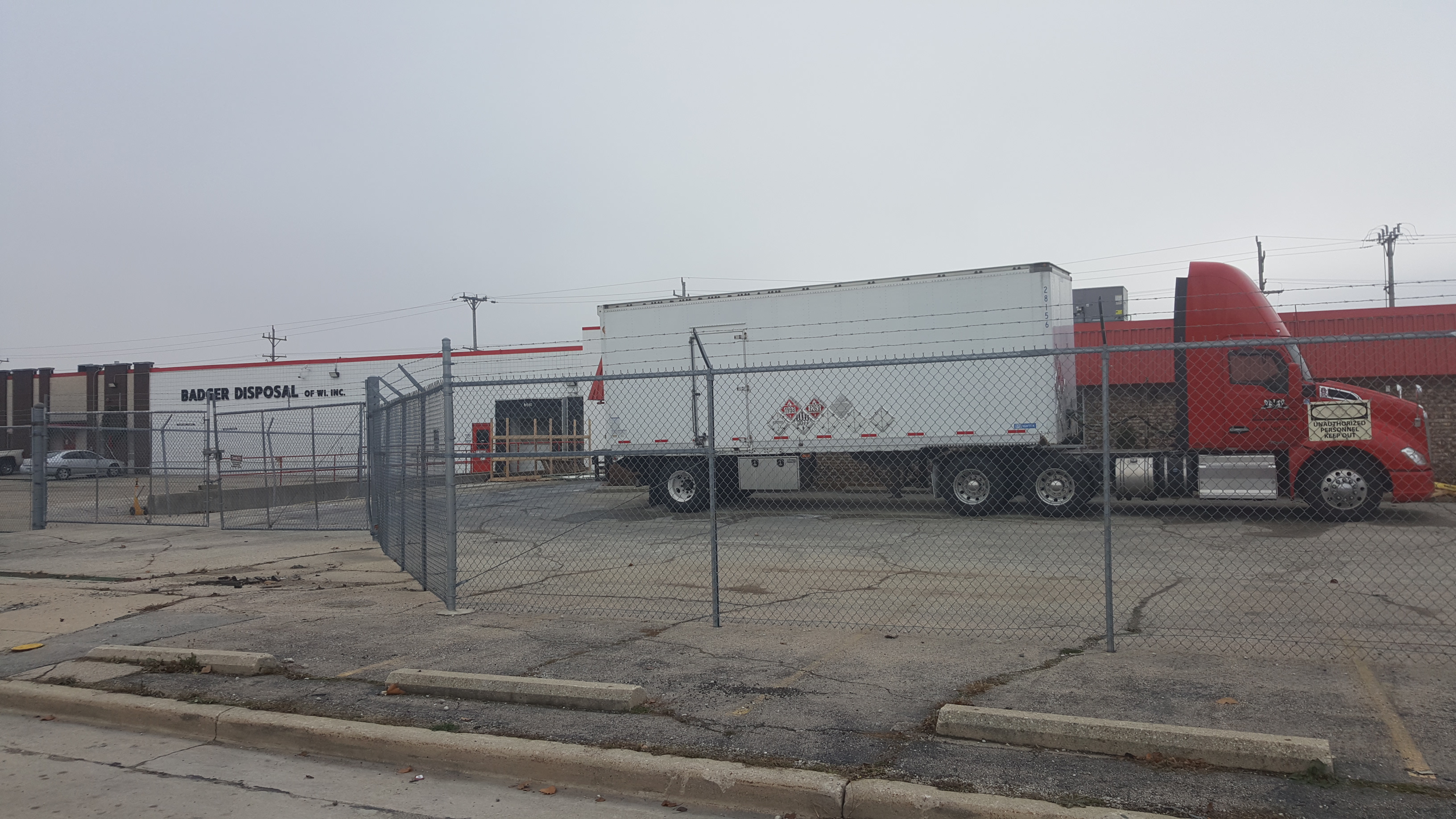Most generators of hazardous waste are required to use the uniform hazardous waste manifest (Manifest) for the off-site transport of their hazardous waste. In practice, though, all generators will use the manifest when offering their hazardous waste for off-site transportation to its final treatment, storage, or disposal.
- Large quantity generator of hazardous waste (LQG) – required to use the Manifest per 40 CFR 262, subpart B.
- Small quantity generator of hazardous waste (SQG) – required to use the Manifest per 40 CFR 262, subpart B.
- Very small quantity generator of hazardous waste (VSQG)** – not required to use the Manifest per 40 CFR 262, subpart B but its use will likely be mandated by the hazardous waste transporter or TSDF – or your state.
**Note: the name of the conditionally exempt small quantity generator (CESQG) was changed to the very small quantity generator (VSQG) by the Generator Improvements Rule.
In addition, the Manifest must also be used for the transportation of the following wastes:
The Manifest is made up of the two following documents:
- EPA Form 8700-22 – uniform hazardous waste manifest
- EPA Form 8700-22A – continuation sheet (used if necessary)
Use of the uniform hazardous waste manifest has been mandated nationwide – as opposed to the use of state-specific hazardous waste manifests – since September 6, 2006.
Use of the Manifest is subject to the Federal regulations of the U.S. Environmental Protection Agency (EPA) at 40 CFR 262, subpart B and those of your state if it has an authorized hazardous waste program.
The responsibilities of the hazardous waste generator regarding the Manifest include – but are not limited to – the following:
Interestingly, EPA regulations at 40 CFR 262.22 do not specify the number of copies of the manifest that are required. Instead, it reads:
The manifest consists of at least the number of copies which will provide the generator, each transporter, and the owner or operator of the designated facility with one copy each for their records and another copy to be returned to the generator.
However, 40 CFR 262.21(f)(5) requires the manifest to be printed as six-copy forms.
Knowing the required distribution of the Manifest is of critical importance to a hazardous waste generator. Helpfully, an indication of the required distribution of the manifest is displayed on each page as indicated below.
The required distribution as printed on the Manifest is identified below:
- Page 1 (top copy): “Designated facility to destination State (if required)”
- Page 2: “Designated facility to generator State (if required)”
- Page 3: “Designated facility to generator”
- Page 4: “Designated facility’s copy”
- Page 5: “Transporter’s copy”
- Page 6 (bottom copy): “Generator’s initial copy”
Note:
- “Designated facility” refers to the permitted Treatment, Storage, or Disposal Facility (TSDF) identified as the primary destination for the hazardous waste on the Manifest.
- “Destination state” is the state where the TSDF is located.
- Some states – but not all – require the TSDFs within their jurisdiction to submit to them a copy of the Manifest.
- Some states – but not all – require an out-of-state TSDF to submit to them a copy of the Manifest. It will be up to the generator to ensure this is done.
- “Generator” is the hazardous waste generator
- “Generator state” is the state where the generator is located.
- Pages 1-5 will – upon TSDF acceptance – will have at least three signatures (that of the generator, the transporter, and the designated facility). It may have more if more than one transporter is involved. These copies are sometimes known as the “TSDF Manifest”.
- Page 6 will have two signatures (that of the generator and the initial transporter). It is sometimes known as the “Generator Manifest”.
Also, not accounted for here are the regulations of the states that require the generator submit to them a copy of the manifest within a specified time frame. You can view the manifest distribution requirements of specific states by clicking on the links below.
| USEPA Region | States That Require Annual Reporting |
|---|
| 1 | Maine, New Hampshire |
| 2 | New Jersey, New York |
| 3 | Delaware, District of Columbia |
| 4 | Georgia, Kentucky, Mississippi, South Carolina, Tennessee
|
| 5 | Illinois, Indiana, Michigan, Minnesota, Wisconsin |
| 6 | Arkansas, Louisiana, Oklahoma, Texas |
| 7 | Kansas, Missouri |
| 8 | Montana |
| 9 | Arizona, California, Guam |
| 10 | Idaho, Oregon, Washington |
If a link is not active it is because I have not yet researched the requirements of that state. Please contact me regarding this and I will be glad to conduct the research and update my information.
The Uniform Hazardous Waste Manifest is the sole document that tracks a hazardous waste from “cradle-to-grave”. Make certain yours is completed and distributed correctly.






